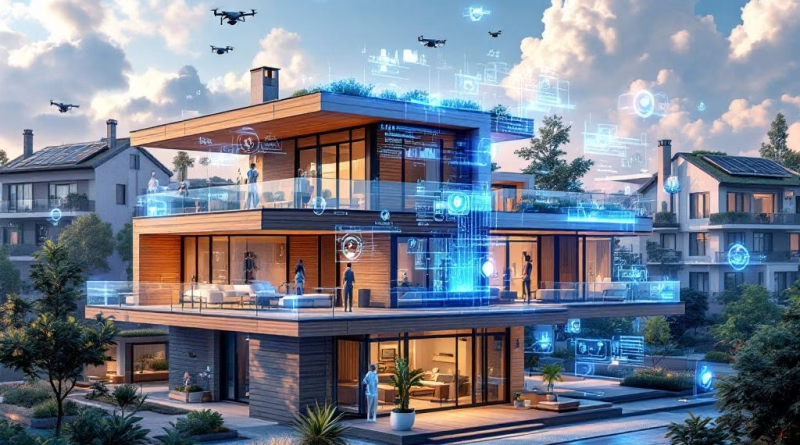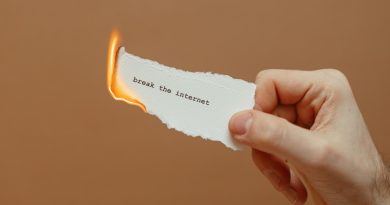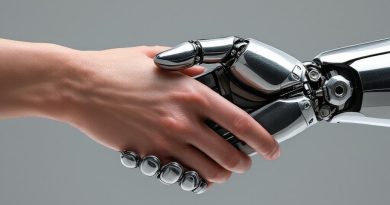The Smart Home Is Still a Mess: Can Matter 2.0 Finally Fix It?
You ask Alexa to turn on a lightbulb made by Philips Hue. You tell your Google Assistant to adjust your Ecobee thermostat. You try to create a routine in Apple Home that involves your Samsung smart plug. Some of it works, some of it doesn’t. You’re juggling four different apps just to control the so-called “smart” home you’ve invested thousands of dollars in.
This is the frustrating reality for most smart home owners. The dream was a seamless, automated home that just works. The reality has been a messy patchwork of incompatible ecosystems, walled gardens, and devices that refuse to talk to each other.
A couple of years ago, a new standard called Matter arrived with a monumental promise. Backed by every single tech giant—Apple, Google, Amazon, Samsung, and hundreds more—it was supposed to be the “universal translator,” the one protocol to unite them all. A Matter-certified device, the promise went, would work with any Matter-certified controller. So why is the smart home still such a mess?
The Stumble of Matter 1.0
The initial version of Matter laid a crucial foundation, but it was far from the silver bullet we were hoping for. It successfully established a common language for the most basic device types: lightbulbs, smart plugs, door locks, and thermostats. While this was a huge technical achievement, it left consumers with a few major problems:
- So Many Devices Left Out: Your new robotic vacuum? Your security cameras? Your smart refrigerator? None of these more complex device types were included in the initial standard, meaning you were still forced back into their proprietary apps to control them.
- The “Basic Features Only” Problem: Sure, your new smart lightbulb could be turned on and off by any ecosystem. But what about its advanced features, like dynamic color scenes, music syncing, or “adaptive lighting”? Those often remained locked within the manufacturer’s own app, defeating the purpose of a unified system.
- A Rocky Onboarding: The setup process, which was supposed to be as simple as scanning a QR code, was often buggy and inconsistent, leaving users frustrated.
Can Matter 2.0 Clean Up the Mess?
The good news is that Matter was never intended to be a one-and-done solution. It’s an evolving standard, and the next major updates (which we can think of as “Matter 2.0”) are set to tackle these exact problems head-on.
1. Expanding the Universe of Devices: The Connectivity Standards Alliance (CSA), the body that governs Matter, is actively working to bring new and more complex device categories into the fold. The roadmap includes critical additions like security cameras, home appliances (robot vacuums, washing machines, etc.), and even smoke detectors. This is the single biggest step toward fulfilling the promise of a truly holistic smart home where everything can be controlled from a single app.
2. Moving Beyond Basic Commands: The standard is also maturing to include richer functionality. This means moving beyond simple on/off or lock/unlock commands. The goal is to allow those advanced features—like setting the cleaning mode on your robot vacuum or viewing a video feed from your camera—to be accessible across all Matter platforms, not just in the manufacturer’s native app.
3. A Smoother, More Reliable Experience: Engineers are focused on improving the reliability of the underlying network protocols (especially Thread) and streamlining the device setup process. The aim is to make adding a new device to your home as simple and foolproof as promised.
The Verdict: Cautious Optimism
So, will Matter 2.0 finally fix the smart home? No, not overnight. But it represents the most significant step yet toward cleaning up the mess. Think of Matter 1.0 as pouring the foundation of a house. It was essential, but you couldn’t live in it. The next versions are about building the actual walls, plumbing, and electricity that make it a functional home.
For now, the smart home remains a project for the patient and the persistent. But unlike the format wars of the past, this time, all the key players are actually collaborating. Matter is still our best and only hope for a truly interoperable smart home. The mess is finally being cleaned up, one device category at a time.




